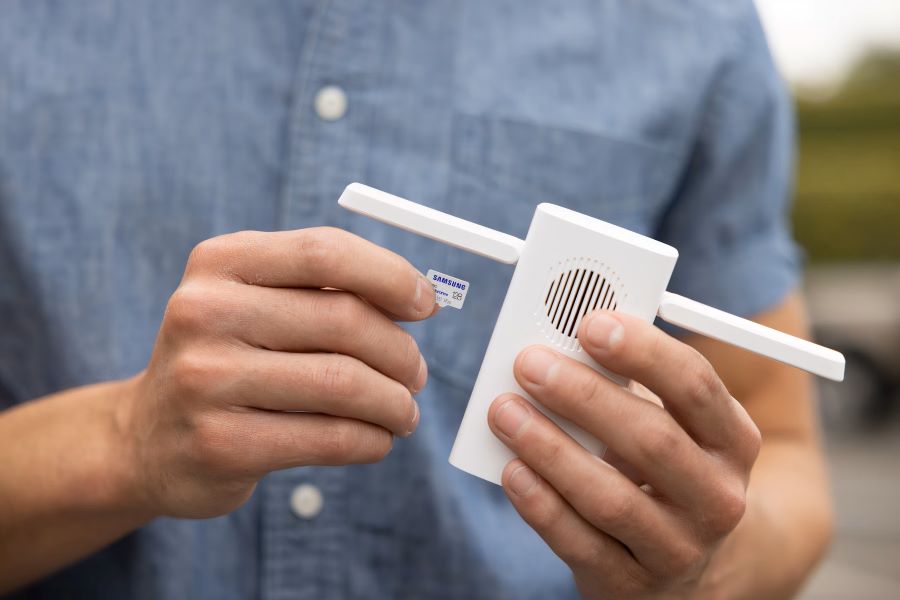In today’s world, Wi-Fi is more of a necessity than a luxury. We connect multiple devices to Wi-Fi networks and often forget the passwords, especially if they are complex or auto saved. Knowing ‘how to check connected Wi-Fi passwords’ on various devices can be a real lifesaver. Whether you’re trying to connect a new device or sharing the password with a friend, here’s how you can find the passwords for Wi-Fi networks you’ve connected to in the past.
Buy Airtel Wi-Fi with exciting benefits!
Understanding Wi-Fi Password Storage
Firstly, it’s important to understand that most devices store Wi-Fi passwords to automatically reconnect to networks. This is convenient but can lead to forgotten passwords. These passwords are stored securely to prevent unauthorized access, but there are legitimate ways to retrieve them if you need to.
Checking Wi-Fi Password on Windows
Windows computers offer a straightforward way to view saved Wi-Fi passwords. Here’s how:
1. Via Control Panel:
– Go to ‘Network and Sharing Center.’
– Click on ‘Wi-Fi’ (your network name) and then ‘Wireless Properties.’
– Under the ‘Security’ tab, check ‘Show characters’ to reveal the Wi-Fi password.
2. Using Command Prompt:
– Open Command Prompt as an administrator.
– Type `netsh wlan show profiles` to see a list of all networks.
– Then type `netsh wlan show profile name=”NETWORK_NAME” key=clear`. Replace “NETWORK_NAME” with the name of your network.
– The password will be displayed under ‘Key Content.’
Read more: How to login to your Wi-Fi router
Retrieving Wi-Fi Password on macOS
On a Mac, you can use Keychain Access to find saved Wi-Fi passwords:
Open Keychain Access:
– Found in the ‘Utilities’ folder, within ‘Applications.’
– In Keychain Access, search for the Wi-Fi network.
– Double-click on the network name and check ‘Show Password.’
– You may need to enter your Mac’s administrator password to view it.

Accessing Wi-Fi Password on Android Devices
Finding the Wi-Fi password on Android devices can be tricky:
– For Rooted Devices:
– If your device is rooted, you can use a file manager to navigate to `/data/misc/wifi` and open the `wpa_supplicant.conf` file. Here, you’ll find the network SSID and its password.
– Note: Rooting your device can void the warranty and pose security risks.
– For Non-Rooted Devices:
– Android does not typically allow users to view saved Wi-Fi passwords. However, you can share the Wi-Fi connection via QR code in newer versions.
Read more: How to connect to a Wi-Fi without a password in minutes
Finding Wi-Fi Password on iOS Devices
iOS devices do not allow you to directly view saved Wi-Fi passwords. However, there are a couple of workarounds:
– Using iCloud Keychain Sync:
– If you use iCloud Keychain, the password might be accessible on a paired Mac via Keychain Access.
– From a Connected Mac:
– If your iOS device is connected to Wi-Fi, and you have a Mac using the same iCloud account, you can find the password using the method described for macOS.
Read more: How to extend or increase your Wi-Fi range
Checking Wi-Fi Password via Router Settings
Another universal method is to check the router settings:
1. Accessing Router Admin Page:
– Enter the router’s IP address into a web browser. The IP address is typically `192.168.0.1` or `192.168.1.1`.
– Log in with the admin username and password. If you haven’t changed it, it might still be set to the default, which you can find in the router’s manual.
2. Finding the Password:
– Once logged in, look for sections like ‘Wireless Settings,’ ‘Wi-Fi Settings,’ or similar.
– The Wi-Fi password should be visible under these settings.
Read more: How to change your Wi-Fi password and name?
Tips for Managing Wi-Fi Passwords
– Using Password Managers: Consider using a password manager to securely store and retrieve your Wi-Fi passwords.
– Regular Updates: Regularly updating your Wi-Fi passwords enhances network security.
Conclusion
Whether you’re using a Windows PC, a Mac, an Android, or an iOS device, there are various ways to retrieve a forgotten Wi-Fi password. For Windows and Mac users, the process is relatively straightforward, while Android and iOS users might need to rely on workarounds. Checking the router’s settings is also a viable option across all platforms.
Remember, Wi-Fi passwords are meant to keep your network secure, so it’s crucial to handle this information responsibly. Only share Wi-Fi passwords with trusted individuals and always keep your router’s firmware updated for the best security. With these tips and tricks, you should never find yourself stranded without Wi-Fi access again.


 Get App
Get App  Airtel Store
Airtel Store  Login
Login 


